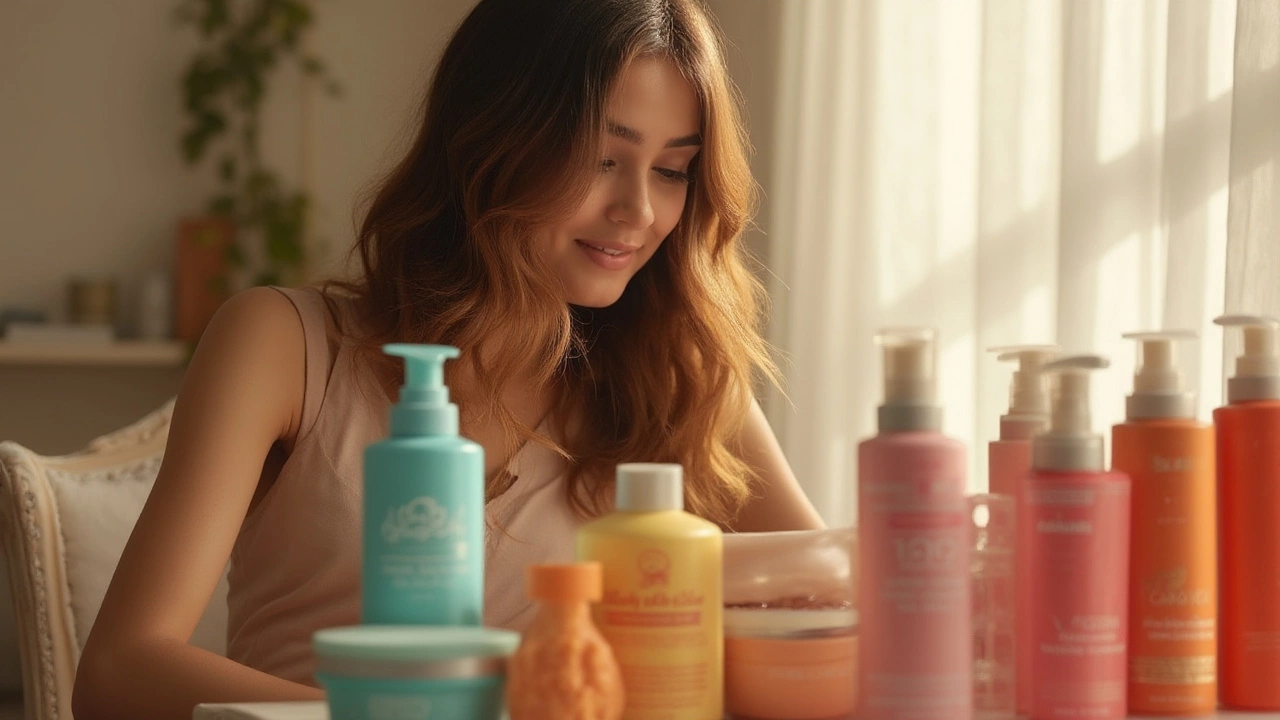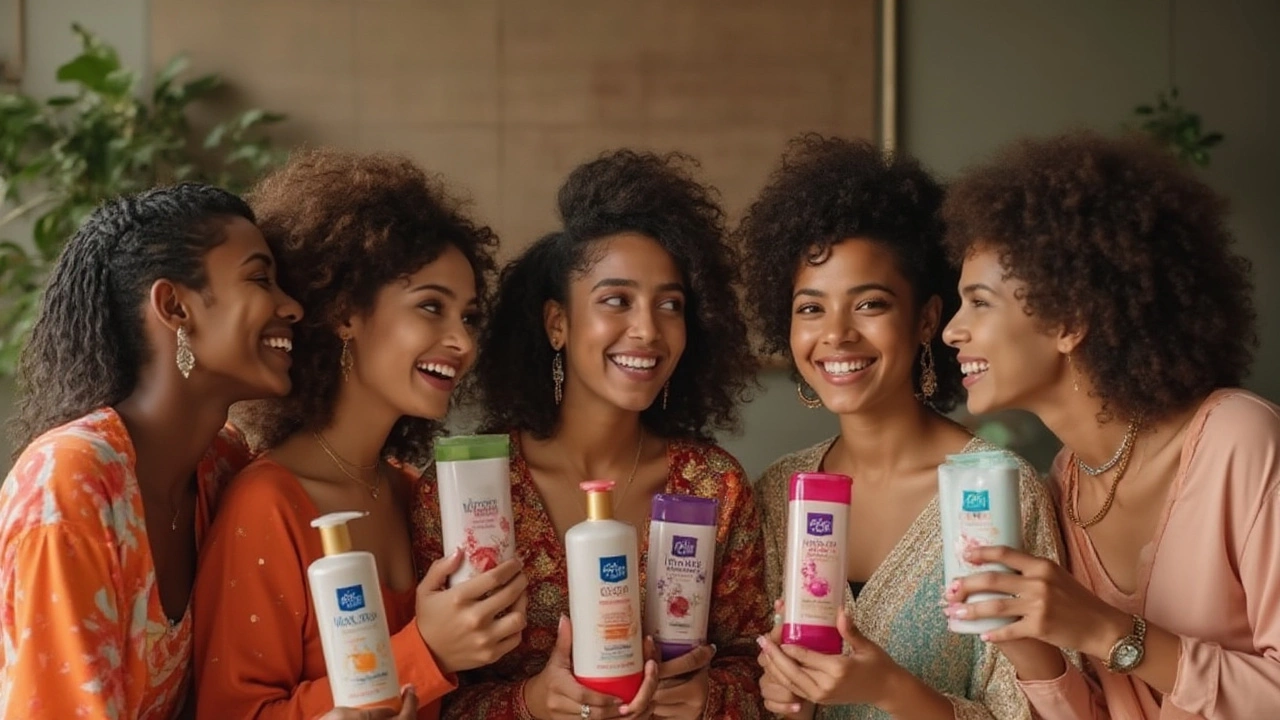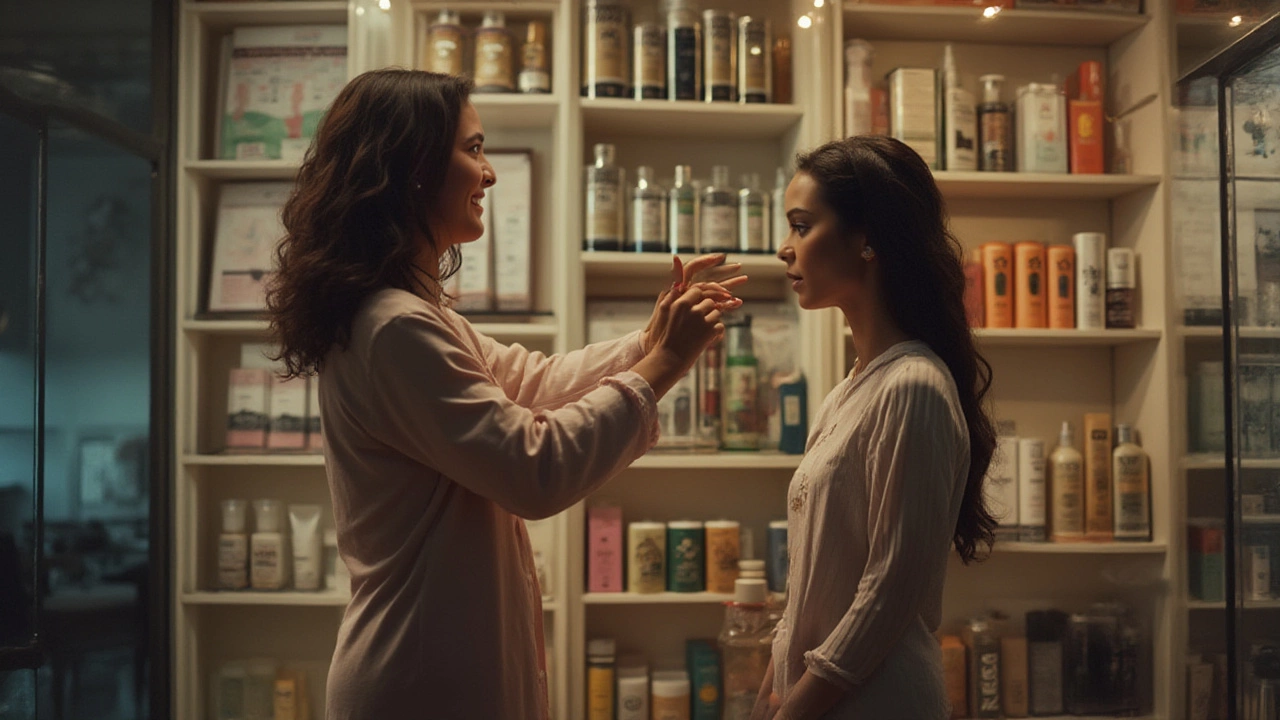
Shopping for hair products feels a little like online dating: wild promises, tons of flashy packaging, and somehow nothing works how you pictured it in your head. You swipe, you shop, you hope for miracles. There’s good reason for the skepticism—brands love to throw around words like “miracle” and “repair” without ever telling you what’s actually inside. Someone with fine, flat hair gets a bottle meant for thick, curly hair and wonders why life isn’t suddenly Instagram-perfect. People ditch bottles halfway because one friend told them about a “game-changer” that turns out to only work for people who never color their hair (ahem, not most of us). But here’s the kicker: not all hair brands are built the same. Some really do walk their talk. There are a handful with science-led formulas, transparent routines, and genuinely happy customers—proof that not all hope is lost.
What Sets the Best Hair Brands Apart?
Ever notice how the big names always shout out their “secret ingredient”? Maybe it’s something like argan oil, keratin, biotin, or some super avocado blend. But it’s not just about the star component; what really matters is how the brand approaches the whole formula: Are they actually putting enough of the active ingredients in to do anything, or just sprinkling a drop for marketing? For example, Olaplex made headlines for its patent on a single molecule (bis-aminopropyl diglycol dimaleate) that actually repairs hair bonds at a microscopic level—not just coats your hair to fake health. It wasn’t just buzz; even salon pros saw bleached-out hair snap back to life.
Another clear sign of a trustworthy hair company: They do third-party testing. Brands like Kérastase don’t just pay for influencer shoutouts. They invest in serious labs to make sure their formulations work for specific hair issues, like the Discipline line for frizzy hair or Nutritive for dry, brittle textures. They go deep on the science before you ever see a bottle on a shelf. And yes, a lot of those before-and-after pics on social media are real, not just retouched models.
Luxury doesn’t always mean better, though. Brands like SheaMoisture, known for affordable curl-safe products with no parabens, sulfates, or phthalates, have won over millions of fans who wanted results without paying salon markups. In fact, SheaMoisture’s Raw Shea Butter Restorative Conditioner consistently lands on best-of lists for people with curls, and it’s under $15. Briogeo, an indie favorite, built their reputation on clean ingredients and proof that “natural” doesn’t have to mean boring or bland. Their Don’t Despair, Repair! mask became a cult favorite, winning Allure’s Best of Beauty Award multiple years in a row.
Product lines that offer full routines (shampoo, conditioner, treatments, stylers, leave-ins) tend to outperform brands with just one “hero” bottle. It lets you layer formulas that don’t fight each other, which is a golden tip many people miss. And watch out for buzzwords like “clean beauty”—some brands throw that label on without third-party certifications. If you care about animal testing, cruelty-free icons like Paul Mitchell and Amika have never tested on animals, and their certifications are easy to verify.
Ingredients lists can be eye-opening. A lot of cheap supermarket brands still pack formulas with SLS (sodium lauryl sulfate), which can leave hair brittle if used daily. The trend now? Microdose the cleansing agents, pack the rest with softeners and strengthening proteins, and avoid harsh ingredients where possible. Even Dyson’s haircare division (yes, the vacuum company) pours millions into R&D, and while they mostly sell tools, they’ve raised the standard for heat styling safety.

The Most Trusted Hair Brands in 2025: Which Ones Actually Deliver?
If you ask a hairdresser what’s flying off salon shelves right now, you’ll hear names like Olaplex, Kérastase, Redken, Pureology, Amika, and, for curly heads, DevaCurl and SheaMoisture. Not all pricey, not all luxury, but they share one thing: They go deep with real science and real results.
Best hair brand for intense repair? Olaplex is still the gold standard for treating bleach and color damage, and not just in salons—lots of people now use Olaplex No.3 as a pre-shampoo repair at home (just remember, it’s not a conditioner; you need to wash and condition after). Kérastase stands out for luxe multitasking and custom routines, with launches like Blond Absolu for blondes and Genesis for fragile hair that breaks easily (great for postpartum shedding or stress-related loss).
Looking for color care? Pureology’s Hydrate line is sulfate-free and designed to protect even the most high-maintenance colors. The ZeroSulfate formula means you don’t strip away expensive dye work with every wash, and their scents mix aromatherapy-level fragrance—think peppermint and rose—with actual UV protection for hair (yes, UV rays affect color). Redken’s Acidic Bonding Concentrate line uses citric acid to reinforce weakened hair structure, and stylists recommend it for both fine and thick hair that feels a little fried.
For curls and texture, SheaMoisture, Briogeo, and DevaCurl are go-to’s. But lately, Pattern Beauty (from Tracee Ellis Ross—actual curly hair legend) is stealing hearts with products designed specifically for type 3 and 4 curls (waves to tight coils). The hydration levels are off the charts, and Pattern gets consistent high marks for avoiding heavy waxes or silicones that weigh hair down. Not to be overlooked, Monday Haircare became a sleeper hit thanks to minimalist branding and balanced formulas that won’t break the bank.
Let’s talk scalp care—too many brands ignore this, even though healthy hair starts at the root. Head & Shoulders is still unbeatable for tackling itch and flakes, with persistent studies backing up their clinical formulas. For people leaning more natural, Jupiter’s dandruff care line is dermatologist-tested but avoids fragrances and dyes that sensitize the scalp. And if you’re into oils, The Ordinary’s Multi-Peptide Hair Serum quietly reigns for boosting scalp health without making roots greasy.
Big name disappointments? Sadly, there’s a lot out there. Some luxury lines go heavy on opulent packaging but pack their stuff with the same generic silicones as drugstore counterparts. Shop smart by reading real customer reviews (not just the glowing brand testimonials—look at third-party retail sites) and noting return rates on big retailer sites. It says something when products consistently see customers coming back for more.
Some brands are building their entire lines around sustainability. Aveda, for instance, uses post-consumer recycled packaging and botanically-based formulas, and they’ve been pushing for greener practices since before it was cool. Lush, the solid-shampoo bar brand, eliminates waste almost entirely and gets cult status for their Jungle and Honey I Washed My Hair bars. If eco matters to you, these brands should be high on your list.

Choosing the Right Hair Care Brand for You: Tips and Surprising Facts
Here’s something wild: Your scalp biology changes with the seasons, age, stress, hormones, and even city water. That means the “best” brand for you might not be the same one forever. If a product stops working as well after six months, your hair might simply need a shake-up, not a pricier formula.
Start by figuring out your hair type—thick, fine, curly, straight, oily, dry, color-treated or heat-styled. Not sure? Ask your stylist; they usually spot what you’re missing. Then think about your goals: strength, moisture, color protection, scalp balance, or speed (minimal effort, quick fixes).
Don’t fall for one-size-fits-all promises. A friend with beachy waves won’t love the same rich mask your bleach-fried hair craves. If you see “for all hair types,” check if they really offer multiple lines for specific needs, not just one bland bottle for everyone. Start with basics—a gentle shampoo and a conditioner aimed at your texture—before splurging on intensive treatments. And don’t be afraid to mix across brands. Sometimes the best hair routine is a little bit Frankenstein: Olaplex for repair, SheaMoisture for moisture, and Pureology for color hold.
Watch those ingredients: Two sneaky troublemakers are sulfates (which can be too harsh for daily use) and heavy silicones (which may build up and dull your shine over time). If you heat style a lot, invest in solid protection—Amika’s The Shield spray and Redken’s Extreme Anti-Snap leave-in get pro nods for protecting against damage and split ends. For those with sensitive scalps, go fragrance-free and avoid common irritants like methylisothiazolinone, which is still found in some brands.
Insider tip? Don’t ignore storage. Keep bottles away from heat and sunlight; formulas can go bad or lose power, which nobody tells you on Instagram. And occasionally deep-clean your brushes and styling tools—leftover product can undo your hair’s hard-earned “glow up.”
The real secret behind the confidence of people who always have “great hair days” isn’t one magic bottle—it’s consistency, careful product-picking, and a little patience. It pays off. When you spend a little extra time matching products to your genuine hair needs (instead of following the latest fad), you start seeing your own before-and-afters. Pay attention to reviews from people with your hair type. If you’re dealing with real hair struggles—like postpartum hair loss, dandruff, or major breakage—opt for brands with solid clinical backing, not just influencer hype.
Last thing: trends come and go, but healthy hair is always in style. Arm yourself with knowledge, experiment until you find what clicks, and remember that even the best hair brand is just a boost—your hair, at its best, will always be uniquely yours.
 Hair Care
Hair Care